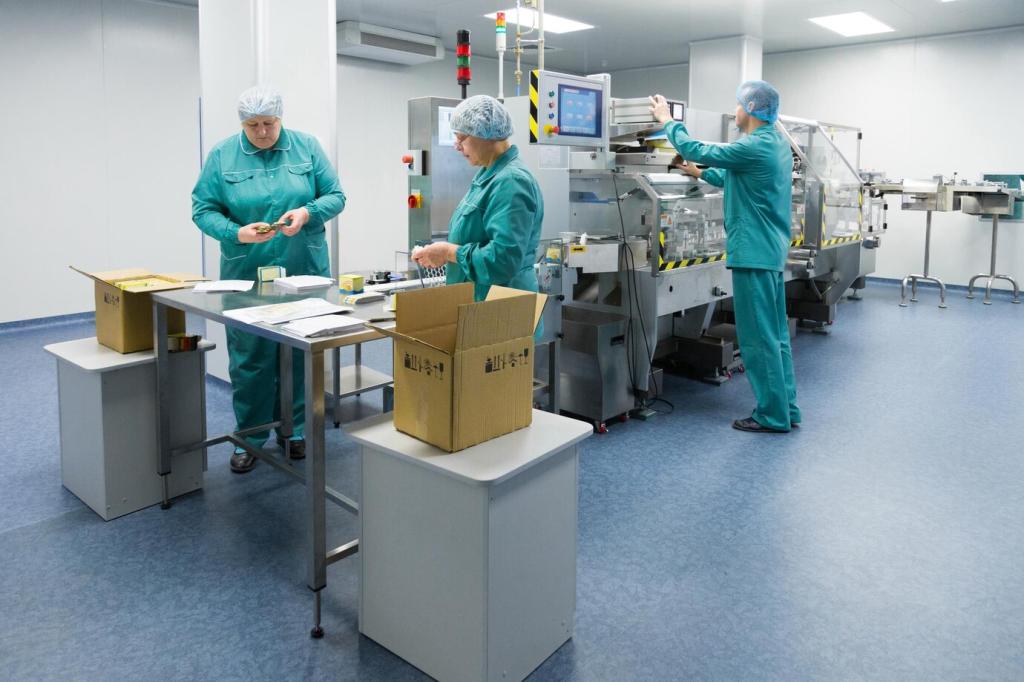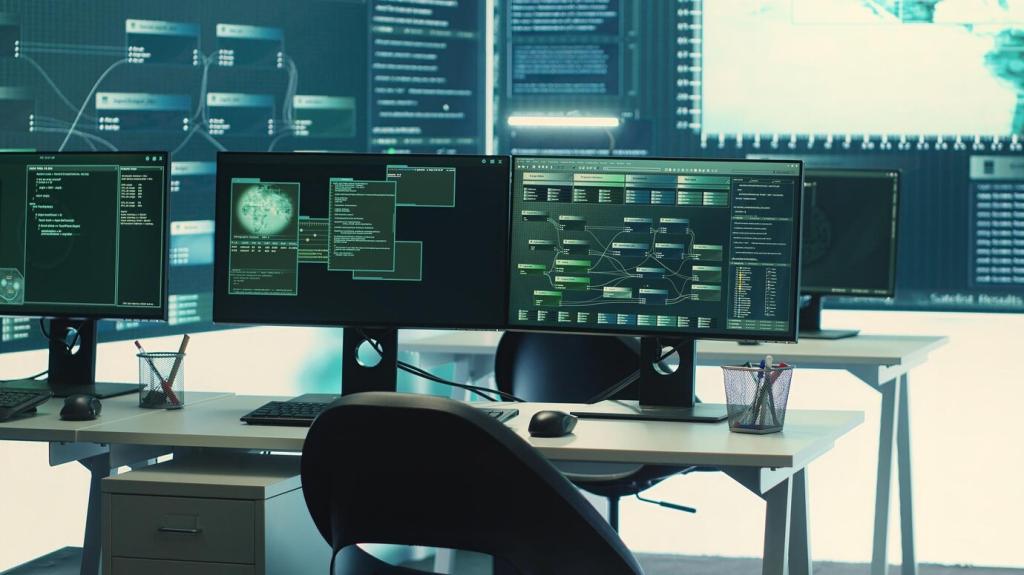
Pedestrian Detection Technology: Saving Lives
Chosen theme: Pedestrian Detection Technology: Saving Lives. Step into a world where smarter sensors, thoughtful design, and real street wisdom come together to protect people on foot. Here we translate complex safety tech into clear stories, practical insights, and hopeful ideas you can use today. Join our community, subscribe for future deep dives, and share your own moments when technology made a difference at a crosswalk.
Why Pedestrian Detection Matters Now
Statistics hint at the scale, but stories reveal the stakes. Every alert that prevents a collision is a birthday still celebrated, a backpack still worn to class, a family dinner that actually happens. Pedestrian detection technology is not abstract; it is a quiet guardian that turns near-misses into nothing more than a deep breath and a grateful glance. Share a time technology helped you pause before stepping off the curb.
Twilight blurs edges: headlights dazzle, shadows stretch, and pedestrians wear ordinary colors that vanish against asphalt. Detection systems must succeed exactly when human perception struggles. Strong performance at dusk and dawn is no luxury; it is table stakes for real safety. If your city has tricky lighting or weather, tell us where detection is most challenged, and we will explore solutions in a future post.
Community knowledge sharpens technology. Which intersections make you nervous? Where do delivery vans, cyclists, and pedestrians weave together like threads? Your observations can guide testing routes, help prioritize model improvements, and inspire new human-machine interaction ideas. Comment with a map pin, a quick note, or a brief story. Subscribe to see how your input shapes the next round of field trials and product tweaks.

Vision Meets Radar
Cameras read the world richly, recognizing outlines, clothing, gestures, and context. Radar adds depth and speed, unfazed by darkness or drizzle. Together they reduce uncertainty, cross-check each other, and hold fast when one signal slips. Many systems also add lidar or ultrasonics for close-range clarity. What would you trust most in fog or glare? Tell us your worst visibility scenario, and we will test it.
From Pixels to Predictions
Neural networks transform noisy pixels into probabilities: Is that shape a person? Which way are they moving? Could they step into the lane? The model weighs posture, stride, occlusion, and scene cues, then estimates risk with calibrated confidence. Good engineering adds guardrails: conservative thresholds, time-to-collision logic, and a bias toward protecting people first. Want a primer on model calibration? Subscribe for our upcoming explainer.
Edge Computing Without the Buzzwords
Running detection on the vehicle matters. Milliseconds count, and a cellular round-trip is an eternity in traffic time. Efficient models, clever quantization, and hardware accelerators make real-time alerts possible, even when the map is old and the network is absent. If you are building prototypes, share your hardware stack and constraints; we will tailor future posts on performance tuning and power budgets.
Calibrated Alerts That Respect Attention
A good alert is unmistakable yet calm, early without being nagging, and informative without distraction. Tone, color, haptics, and timing matter. The best systems learn from real usage, trimming false alarms while keeping critical warnings unmistakable. Drivers should feel helped, not hassled. Which alert style helps you most—gentle chimes, seat vibrations, or a firm visual cue? Tell us, and we will gather community preferences.
Automatic Emergency Braking That Understands Context
When a child runs after a ball, milliseconds define outcomes. Automatic emergency braking should act decisively yet proportionally, considering road conditions, following distance, and adjacent lanes. Smooth, predictable deceleration builds trust and reduces rear-end risk. Share a moment when you appreciated a gentle but assertive slowdown—it might teach our readers how context-aware braking feels when done right.
Transparency Builds Confidence
Drivers deserve to know what the system sees. Simple visualizations—a small pedestrian icon, a highlighted zone, a distance bar—clarify intent and reduce surprise. After-action summaries help people learn: here’s what triggered the alert; here’s how close it was. Would you opt into a weekly safety digest summarizing detected risks? Subscribe and vote in our upcoming poll on post-drive feedback.


Night Shift on a Rainy Artery
A delivery driver in a mid-size city told us about a slick, reflective boulevard with impatient traffic and minimal lighting. A sudden brake-light cascade hid a jaywalker between SUVs. Radar registered movement first; vision confirmed legs emerging from shadow. The alert arrived early, and a smooth stop followed. No horn, no drama, just relief. Share your rainy-night routes so we can test similar conditions.
School Zone Mornings and Micro-Moments
Parents know chaos at drop-off time: doors swinging, backpacks slipping, tiny shoe laces trailing. Detection systems trained on child gait and shorter stature can catch motion many drivers miss while scanning mirrors. One commuter described an alert that prevented a creeping roll while a kid dashed unexpectedly. Do you volunteer at a school? Tell us patterns we should model—crossing guards, staggered bells, or special events.
Fleet Managers, Data, and Culture
A regional fleet started weekly safety huddles using anonymized detection logs: hotspots, times, and near-miss trends. Drivers began trading tips about sun angles, bus stops, and hidden crosswalks. Claims fell, and morale rose. Technology sparkled, but culture cemented change. If you run a fleet, would a template for data-driven huddles help? Subscribe, and we will share a starter kit with real-world prompts.
Build, Test, Repeat: A Practical Path to Deployment
Collecting Data Without Collecting Identities
You can gather valuable edge cases while preserving dignity. Blur faces by default, strip license plates, and store only short clips around safety events. Synthesize tricky scenes with simulation to fill gaps. Share the hardest moments you have captured—backlit figures, scooters in crosswalks, or dogs on retractable leashes—and we will feature techniques that replicate them ethically.
Testing Beyond the Perfect Day
Great demos happen at noon. Great systems work at midnight, in drizzle, with a cracked windshield and construction cones. Plan routes covering glare, puddles, reflective signs, and crowds. Validate not just detection but behavior: alert timing, braking comfort, and driver understanding. Want a checklist we actually use? Subscribe, and we will send a field-testing blueprint with measurable targets you can adapt.
Continuous Learning in the Real World
After deployment, the world keeps shifting. New construction changes sightlines, fashion evolves, and micromobility changes speeds. Close the loop: sample rare near-misses, retrain with care, and verify improvements before release. Celebrate reductions in false alarms as fiercely as increases in recall. What metric motivates your team most—saved seconds, reduced claims, or calmer commutes? Tell us, and we will build dashboards around it.
